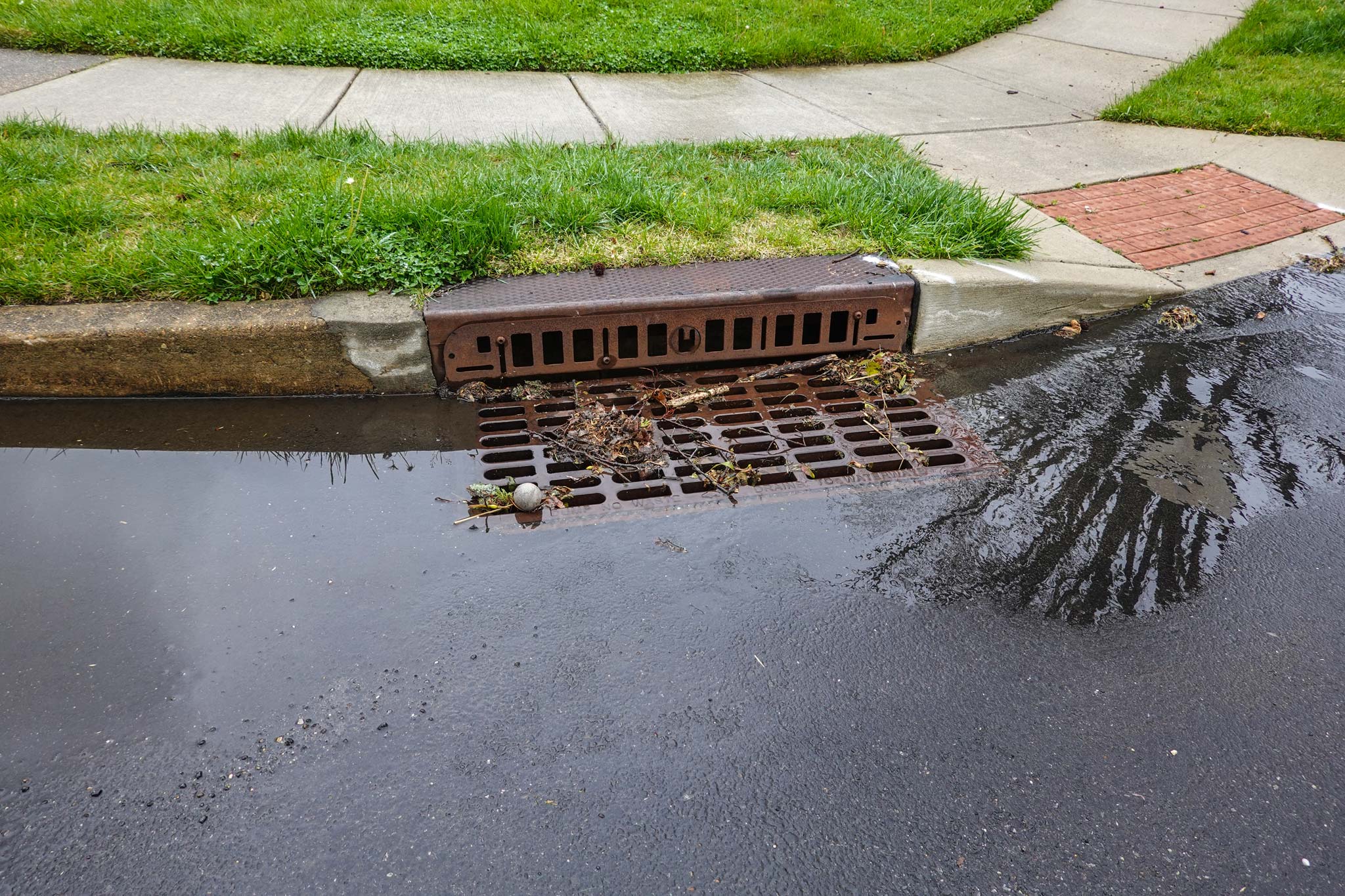
Flood Infrastructure Failure
Failure of a flood protection structure or system which has the potential to threaten life and/or improved property.

Dam
A man-made barrier constructed of concrete, earthfill, rockfill, or masonry built across a stream or river that retains or restricts the flow of water. Typically, a dam retains a significant amount of water on the upstream side of the structure. The failure of a dam can lead to a high water event downstream as thousands of gallons of water are released instantaneously. However, when serviced regularly a dam will typically aid in reducing the impact of potential flooding, as well as possibly provide power through hydroelectricity or create deep pools of water for improved barge navigation. These deep pools created by the dam can also provide a source of recreation such as fishing or swimming.
Emergency Contact: WVDEP 1-800-642-3074
For more information:

Levee
An embankment that is built along the outside edge of a stream to contain high water and prevent the flooding of surrounding land. Levees are typically constructed of earth with vegetation planted on top to prevent erosion. Though levees can be found anywhere there is a stream, they are usually found in relatively flat floodplains to prevent the river from meandering and causing the river’s course to change over time.The failure of such a structure could lead to flooding in an adjacent area that does not typically flood due to the presence of the levee.
For more information:

Stormwater Systems
A network of structures, channels and underground pipes that carry stormwater (rainwater) to ponds, lakes, streams, and rivers. The network may consist of both public and private systems. The source of storm water systems can be found everywhere in the form of storm drains. The failure of stormwater systems can result in the pooling of water, usually on a street or other low, flat surface such as a residential lawn. This pooling is caused by either a collapse of pipe/tunnel or the blockage of a drainage system by debris.
For more information: